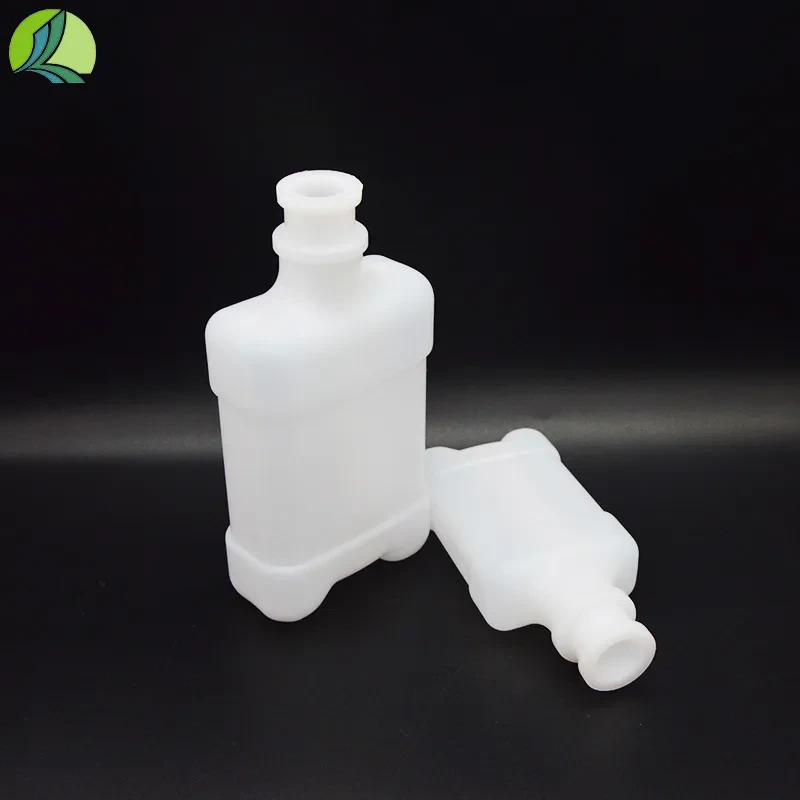Understanding the Role of Centrifuge Tubes in Laboratory Procedures and Applications
The Function of Centrifuge Tubes in Laboratory Settings
In modern laboratories, a multitude of tools and equipment is employed to facilitate scientific research and experimentation. Among these, centrifuge tubes hold a significant place. These specially designed tubes are essential in various scientific fields, including biology, chemistry, and medicine, due to their ability to separate components of mixtures based on density through the process of centrifugation.
What is a Centrifuge Tube?
Centrifuge tubes are small, cylindrical containers typically made from durable materials such as polypropylene or polycarbonate. They are engineered to withstand the high speeds and forces generated during centrifugation. Centrifuge tubes come in various sizes, ranging from 1.5 mL to 50 mL, and are often equipped with screw-on caps to prevent leakage and contamination.
The Role of Centrifuge Tubes in Centrifugation
Centrifugation is a technique that utilizes centrifugal force to separate components in a liquid mixture. When a sample is placed in a centrifuge tube and spun at high speeds, denser particles move towards the bottom of the tube, while lighter components remain suspended in the liquid. This process is invaluable in laboratories for various applications, including the separation of cell components, purification of nucleic acids, and clarification of biological fluids.
One of the primary functions of centrifuge tubes is to facilitate the efficient separation of biological samples. In molecular biology, for instance, centrifuge tubes are used to isolate DNA or RNA from cellular material. After lysing the cells to release their contents, the mixture is placed in a centrifuge tube and spun. The nucleic acids, which are heavier than many other cellular components, sediment at the bottom, allowing researchers to remove unwanted debris.
Versatility and Applications
centrifuge tube function in laboratory

Centrifuge tubes are incredibly versatile and are employed in a wide range of laboratory applications. In clinical laboratories, they are crucial for the separation of blood components. After a blood sample is drawn, it is placed in a centrifuge tube and centrifuged, leading to the separation of plasma, platelets, and red blood cells. This separation is essential for various diagnostic tests and blood component therapies.
In addition, centrifuge tubes are widely used in the field of biochemistry for protein purification. Proteins are subject to differential centrifugation, wherein mixtures are spun at varying speeds to separate components based on their size and density. By carefully selecting the speed and duration of centrifugation, researchers can isolate specific proteins for further analysis.
Maintaining Sample Integrity
Another critical function of centrifuge tubes is ensuring sample integrity. The design and material of these tubes allow for secure sealing, preventing contamination from external sources. Many tubes are also engineered to be resistant to chemicals and temperature fluctuations, making them suitable for various applications, including those involving hazardous materials.
Moreover, some centrifuge tubes come with graduated markings on the side, allowing researchers to easily measure the volume of liquid contained within without the need for additional tools. This feature contributes to the accurate and efficient handling of samples, which is paramount in scientific research.
Conclusion
Centrifuge tubes are indispensable tools in laboratory settings, playing a vital role in the separation and analysis of biological and chemical substances. Their ability to facilitate the centrifugation process has made them a go-to choice for researchers across multiple disciplines. As scientific exploration continues to advance, the importance of centrifuge tubes in ensuring precision, reliability, and sample integrity will remain paramount. With their versatility and effectiveness, these small but mighty containers will continue to be a cornerstone in labs around the world, helping scientists unlock the mysteries of life at the molecular level.
-
Aesthetic Makeup Spray Bottles | Fine Mist Empty RefillableNewsAug.19,2025
-
White Plastic Veterinary Vaccine Vials | Lab Liquid BottlesNewsAug.18,2025
-
Plastic Medicine Liquid Bottle: Secure Flip Top Drug VialsNewsAug.17,2025
-
Durable 250ml Blue Plastic Vaccine Vial for Lab & Vet UseNewsAug.16,2025
-
Sterile Virus Sample Tubes: Secure & Reliable Specimen CollectionNewsAug.15,2025
-
White 250ml Plastic Vaccine Vial for Lab & Vet MedicineNewsAug.14,2025
























